
Best practices for optimizing images on your website

One often overlooked aspect of website performance is image optimization. Images can significantly impact page load times, user experience, and even SEO rankings. For online businesses where visuals are key to engagement and conversion, optimizing images is essential.
This article will guide you through the process of optimizing images for your website, focusing on choosing the best image format for web, maintaining image quality, and ensuring fast load times.
Why image optimization matters
Before we cover the technicalities, it’s important to understand why image optimization is critical:
Page load speed
Large, unoptimized images can slow down your website, leading to higher bounce rates and lower search engine rankings. Studies show that even a one-second delay in page load time can reduce conversions by up to 7%.
User experience
High-quality images are essential for creating a visually appealing website, but they shouldn’t come at the cost of performance. Users expect fast-loading, clear images, especially on mobile devices.
SEO benefits
Google and other search engines consider page load times as a ranking factor. Optimized images can help your pages load faster, improving your SEO and visibility in search results.
Choosing the best image format for web
Selecting the right image format is the first step in optimizing images for your website. The best image format for web balances quality with file size, ensuring that images look great without slowing down your site.
JPEG (Joint Photographic Experts Group)
- Best use: photographs and images with complex color patterns.
- Benefits: JPEG is the most common photo format for web because it offers a good balance between image quality and file size. You can adjust the compression level to reduce file size further without significantly compromising quality.
- Drawbacks: image quality can be lost a little during compression, which may not be ideal for images that require crisp details.
PNG (Portable Network Graphics)
- Best use: images requiring transparency, such as logos, icons, and graphics.
- Benefits: PNG is known for its lossless compression, which means that image quality is preserved. It also supports transparency, making it the best image format for website elements like logos and icons.
- Drawbacks: PNG files tend to be larger than JPEGs, which can slow down your site if used excessively.
WebP
- Best use: all types of images, especially when performance is a priority.
- Benefits: WebP is a modern image format that provides superior lossless and lossy compression for images on the web. It can reduce image file sizes by up to 30% compared to JPEG and PNG without sacrificing quality, making it the best image file for web in many cases.
- Drawbacks: while WebP is supported by most modern browsers, it may not be fully compatible with older browsers, so it’s essential to have fallback formats in place.
SVG (Scalable Vector Graphics)
- Best use: vector-based graphics like logos, icons, and illustrations.
- Benefits: SVG files are scalable to any size without losing quality, making them ideal for responsive web design. They are typically very small in file size and can be easily manipulated with CSS and JavaScript.
- Drawbacks: SVG is not suitable for complex images like photographs, as it’s designed for vector graphics.
Optimizing image quality and file size
Once you’ve selected the image format, the next step is to optimize your images. This involves reducing file size while maintaining the best quality image format possible.
Compress Images
Lossy vs. lossless compression
Use lossy compression for photographs where a slight reduction in quality is acceptable to save space. For images that require high fidelity, such as logos, use lossless compression.
You can use tools like TinyPNG, JPEGmini, or Photoshop’s “Save for Web” feature to compress images without losing noticeable quality.
Resize images appropriately
Ensure your images are not larger than they need to be. For instance, if your website displays an image at 800 pixels wide, there’s no need to upload a 2000-pixel-wide image.
Consider using responsive images that serve different sizes based on the user’s device. HTML’s srcset attribute allows you to provide multiple versions of an image for different screen sizes.
Leverage image caching and Content Delivery Networks (CDNs)
- Caching: Store images in the user’s browser cache to reduce load times on subsequent visits.
- CDNs: Use a CDN to serve images from servers closest to the user’s location, improving load times.
- Use Lazy Loading:Lazy loading defers the loading of images until they are needed (i.e., when the user scrolls down to them). This technique can significantly improve initial load times, especially on image-heavy pages.
Optimum performance
Optimizing images for your website is a critical component of creating a fast, user-friendly, and SEO-optimized site. By selecting the best image format for web and carefully balancing quality with file size, be confident that your images enhance your website’s performance rather than hinder it. Implementing these best practices will not only improve load times and user satisfaction but also contribute to higher search engine rankings, ultimately driving more traffic and conversions to your site.
Don’t have the time or resources?
Use ConversionWax. Our app allows you to add your chosen imagery to your website via a leading CDN. We optimize all images automatically for you – applying all the techniques we’ve discussed in a matter of microseconds. Your users will notice faster page load speeds, and your SEO won’t take any hits to performance.
And as an added bonus – you can personalize your imagery too. Apply regional or geographical personalization by uploading imagery specific to your users’ preferences. All within the ConversionWax app. Set up your website images in as little as 10 minutes.
-
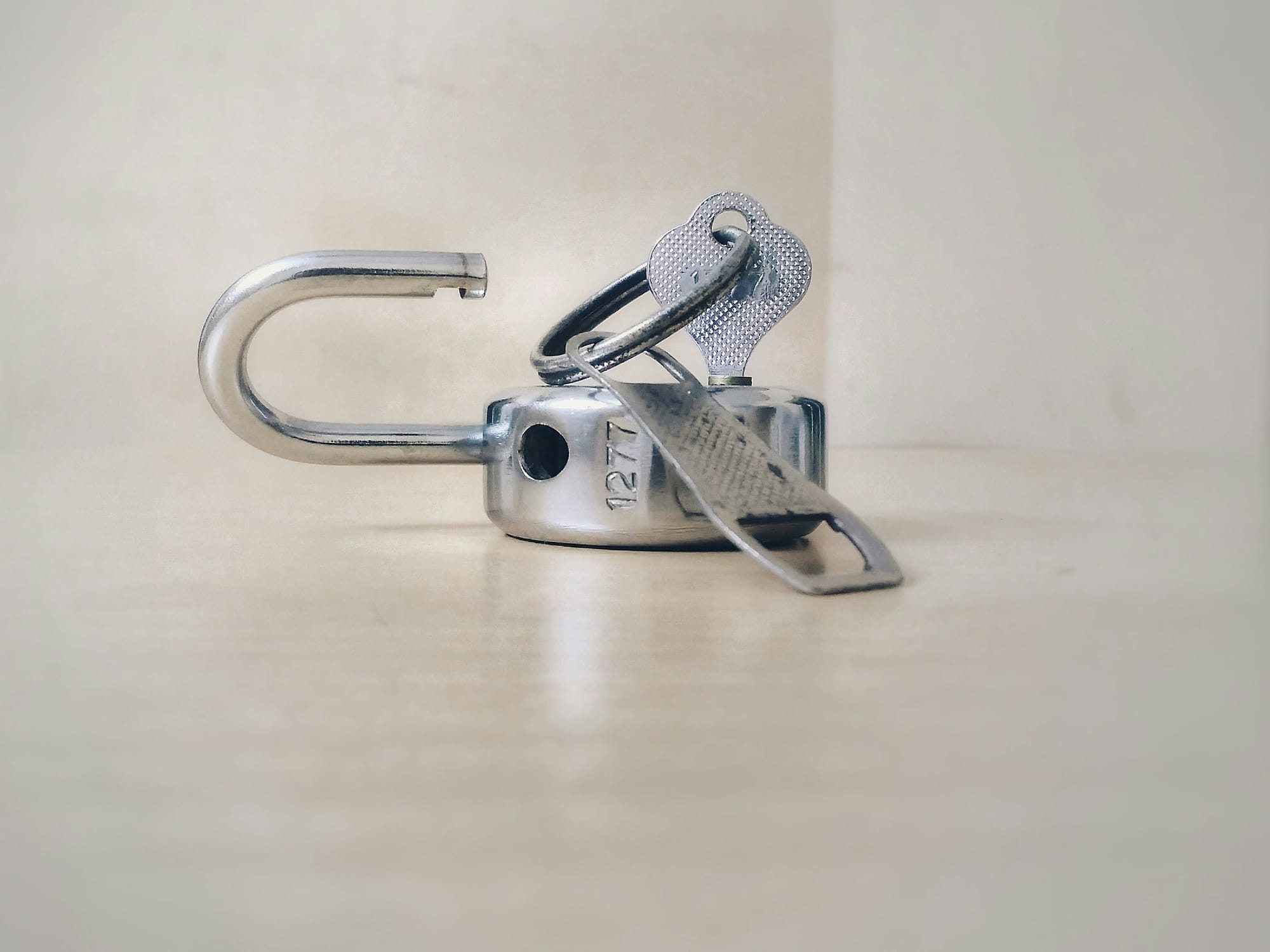
Unlock the benefits of website personalization
-
Ecommerce conversion best practices - reach your store’s full potential
-

How to - increase your website sales
-

Your ultimate Conversion Rate Optimization checklist
-
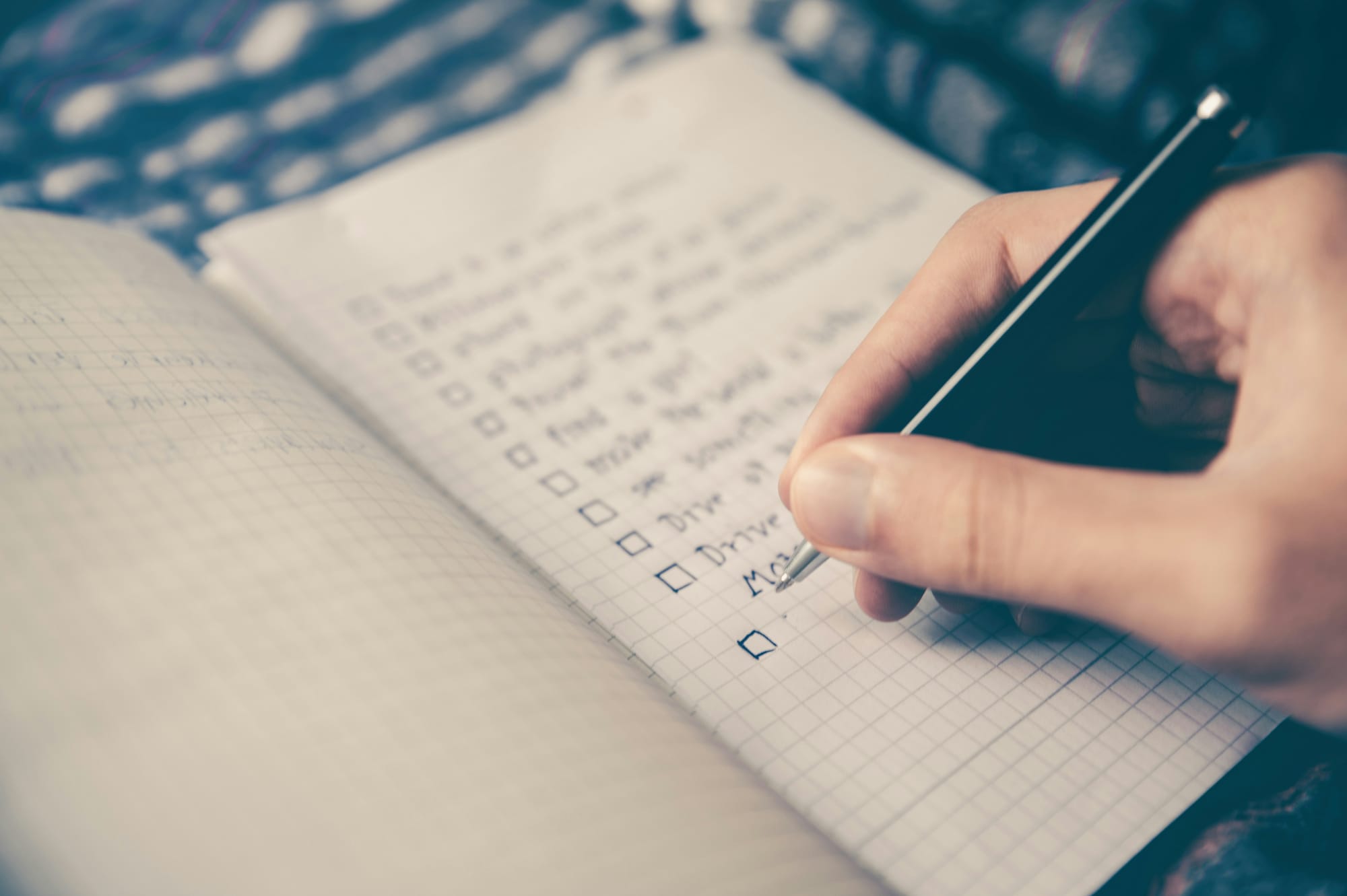
How to: complete a Conversion Rate Optimization audit
-

An easy guide to ecommerce website optimization
-
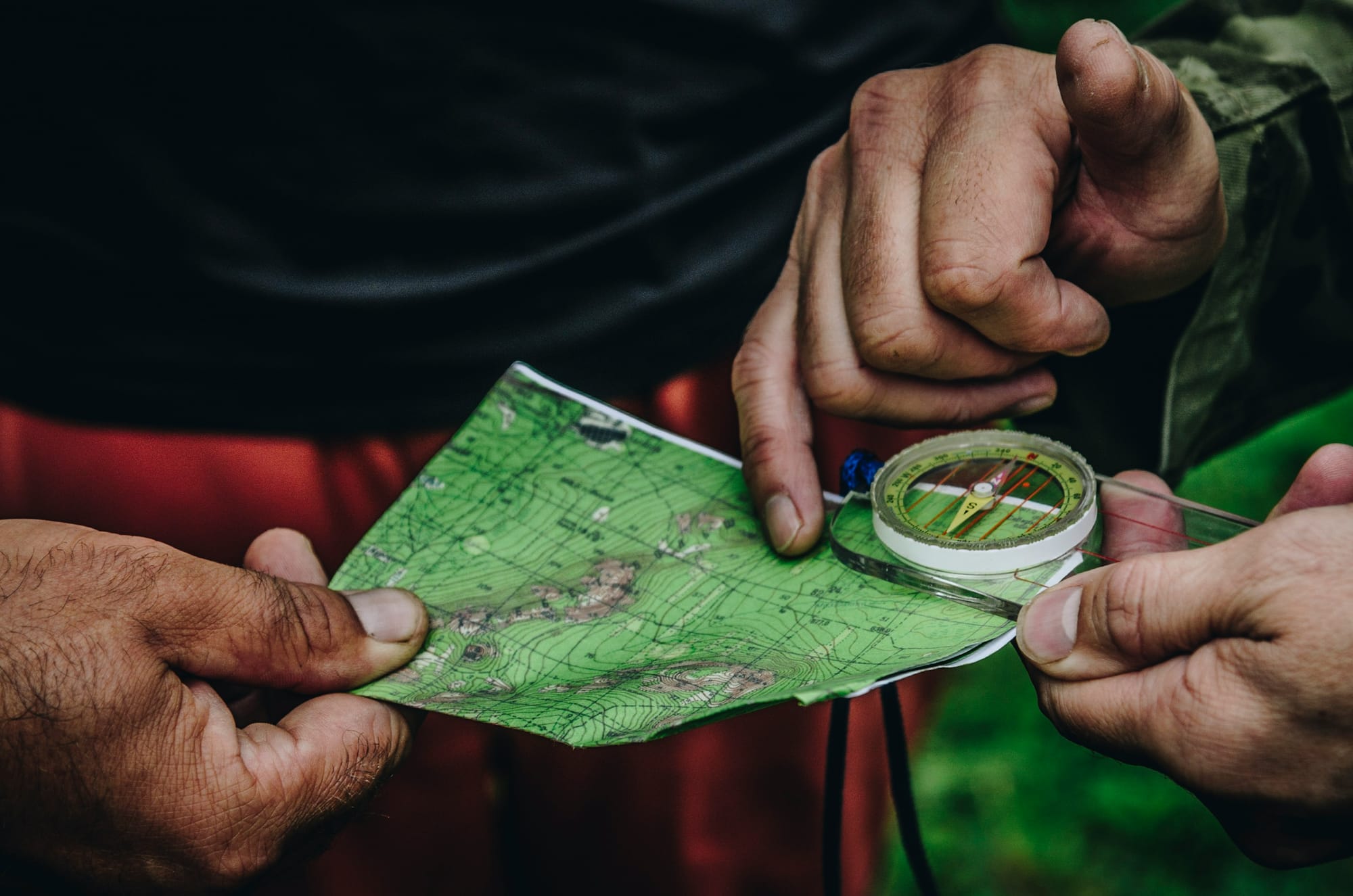
Your guide to Conversion Rate Optimization best practices
-
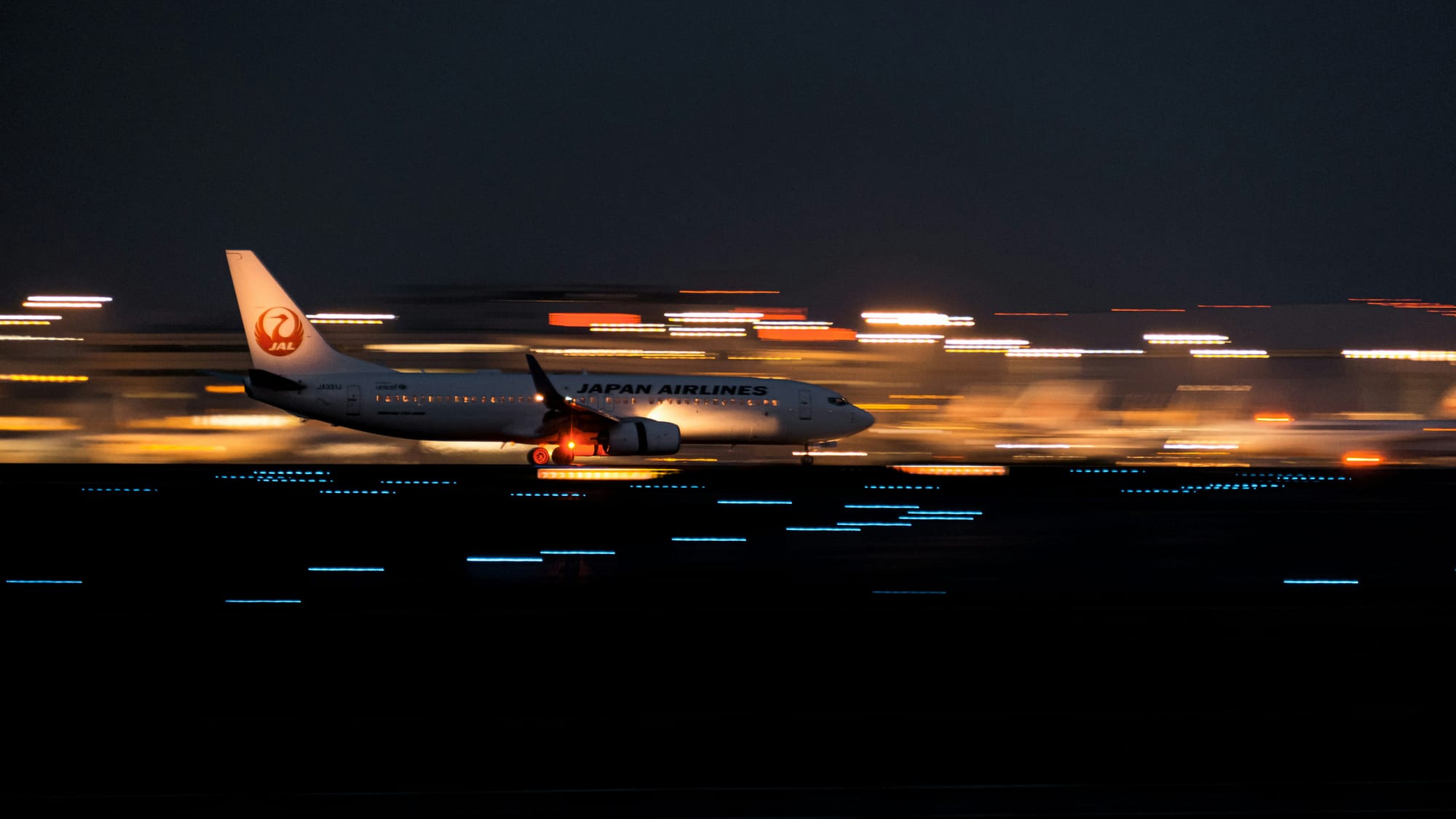
Landing page optimization - maximizing your conversions
-
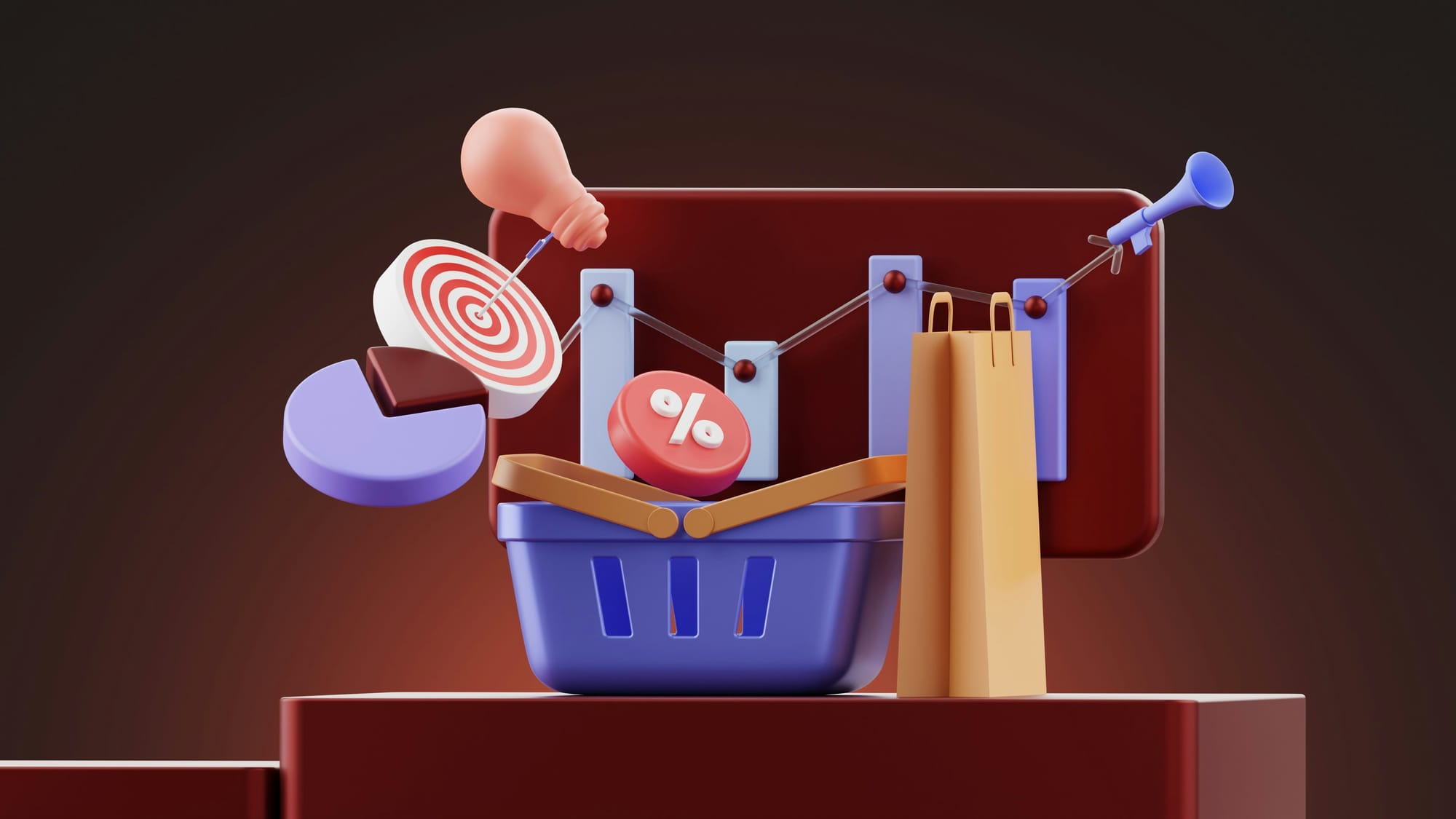
Mastering ecommerce product page optimization
-

Website performance optimization techniques to boost your online business
-

Benefits of website personalization for online businesses
-
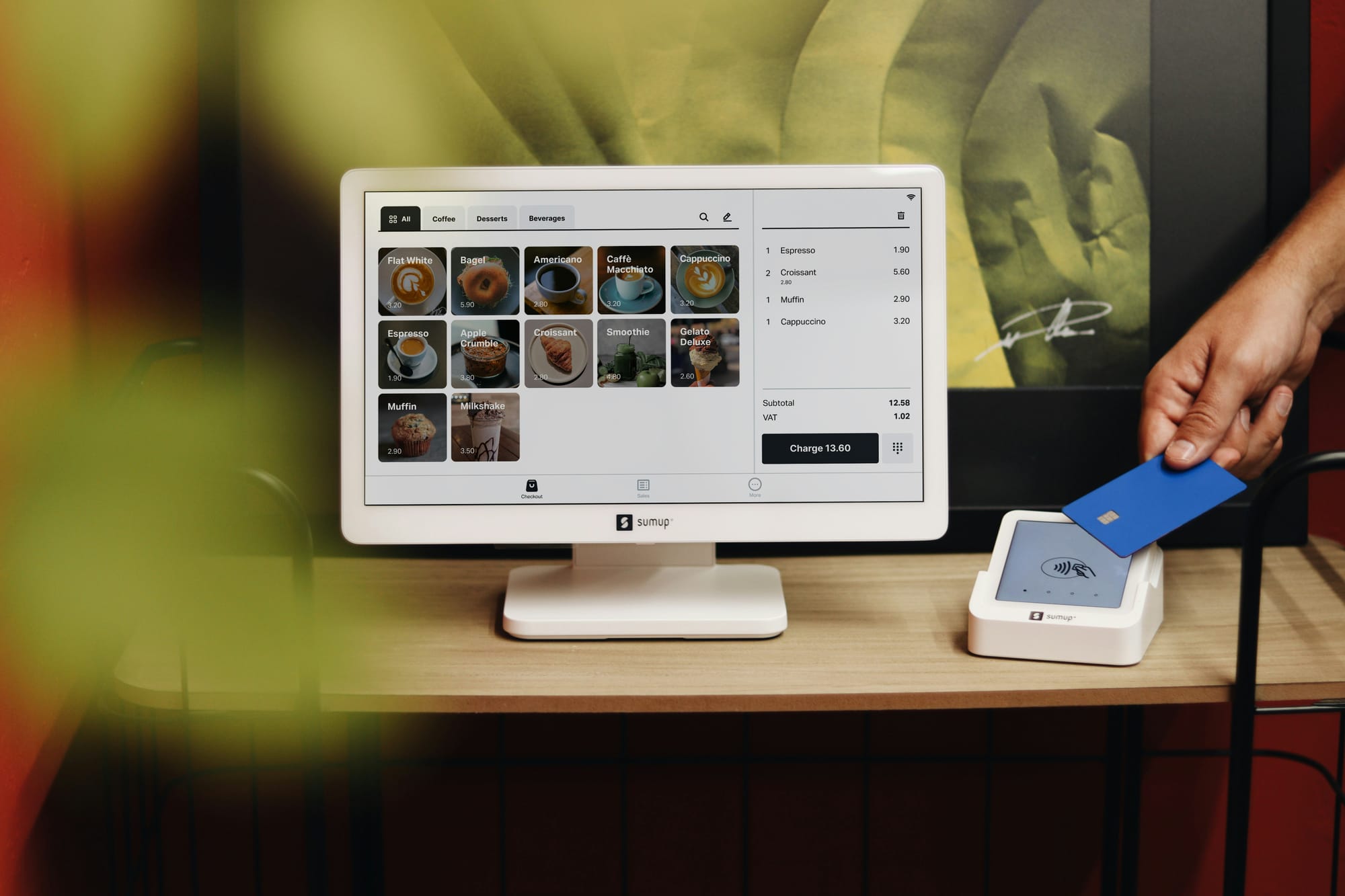
How to improve your ecommerce checkout conversion
-
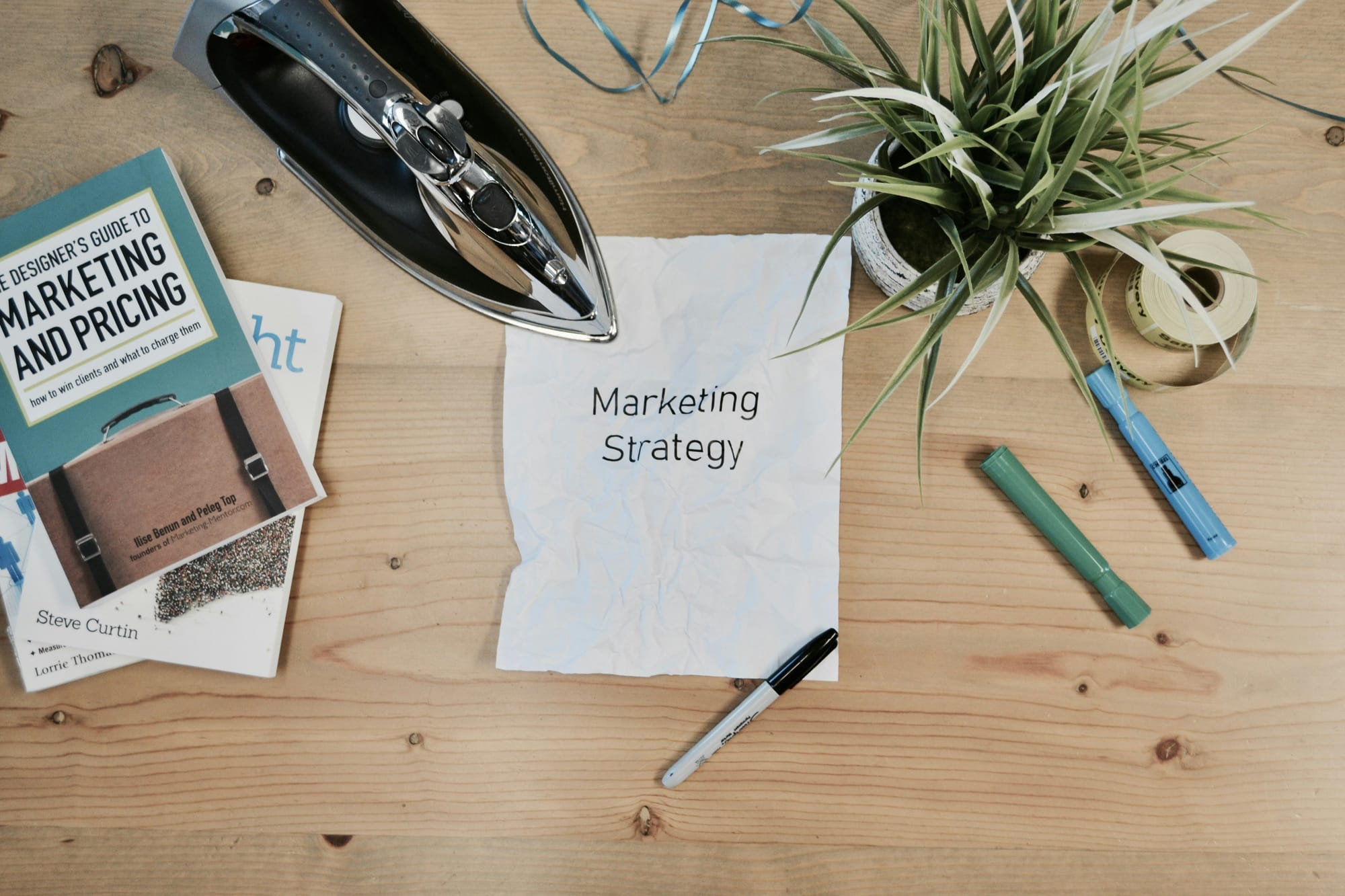
Crafting a winning Conversion Rate Optimisation strategy
-
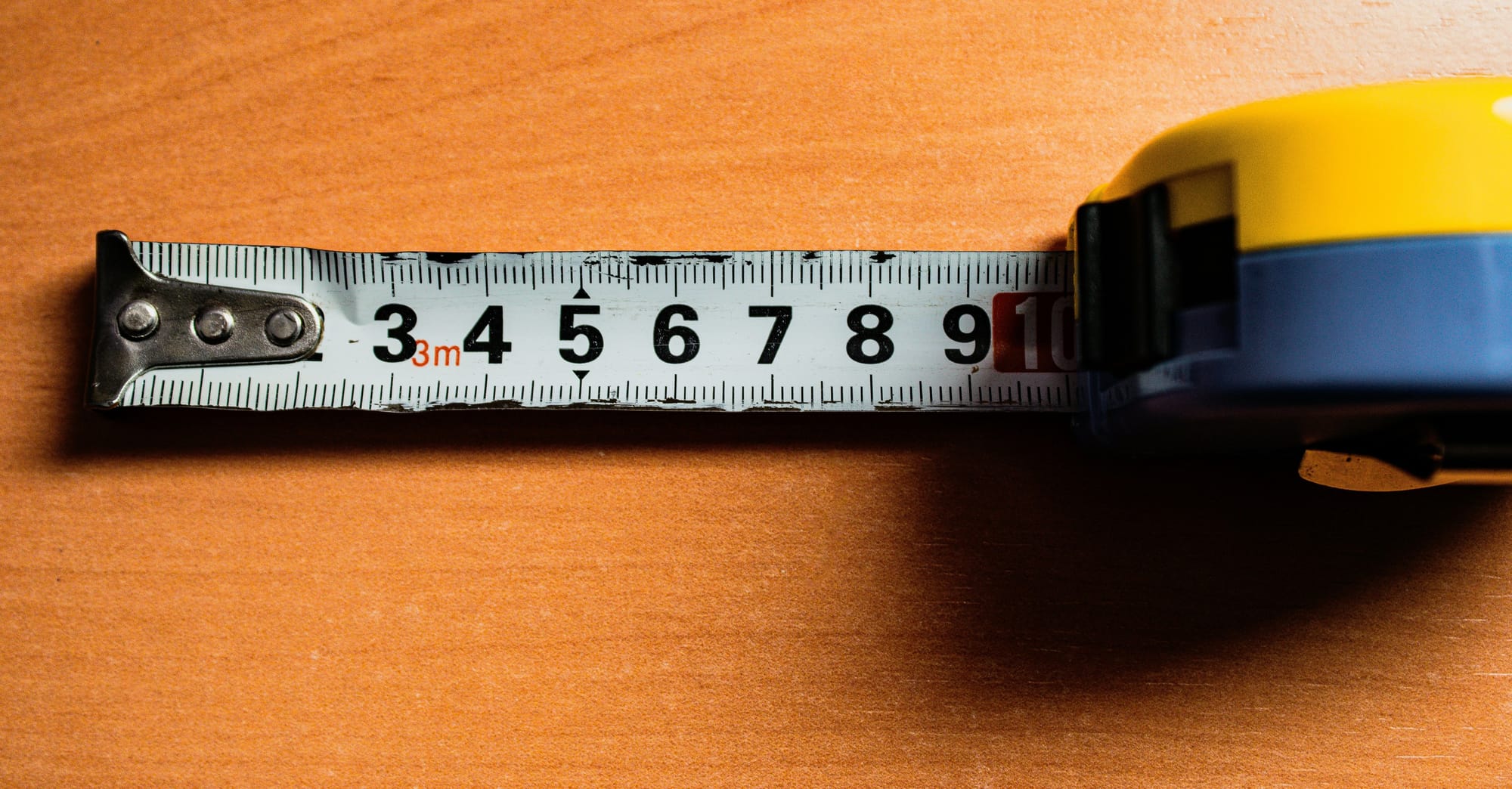
What is a good website conversion rate? Understanding your metrics
-
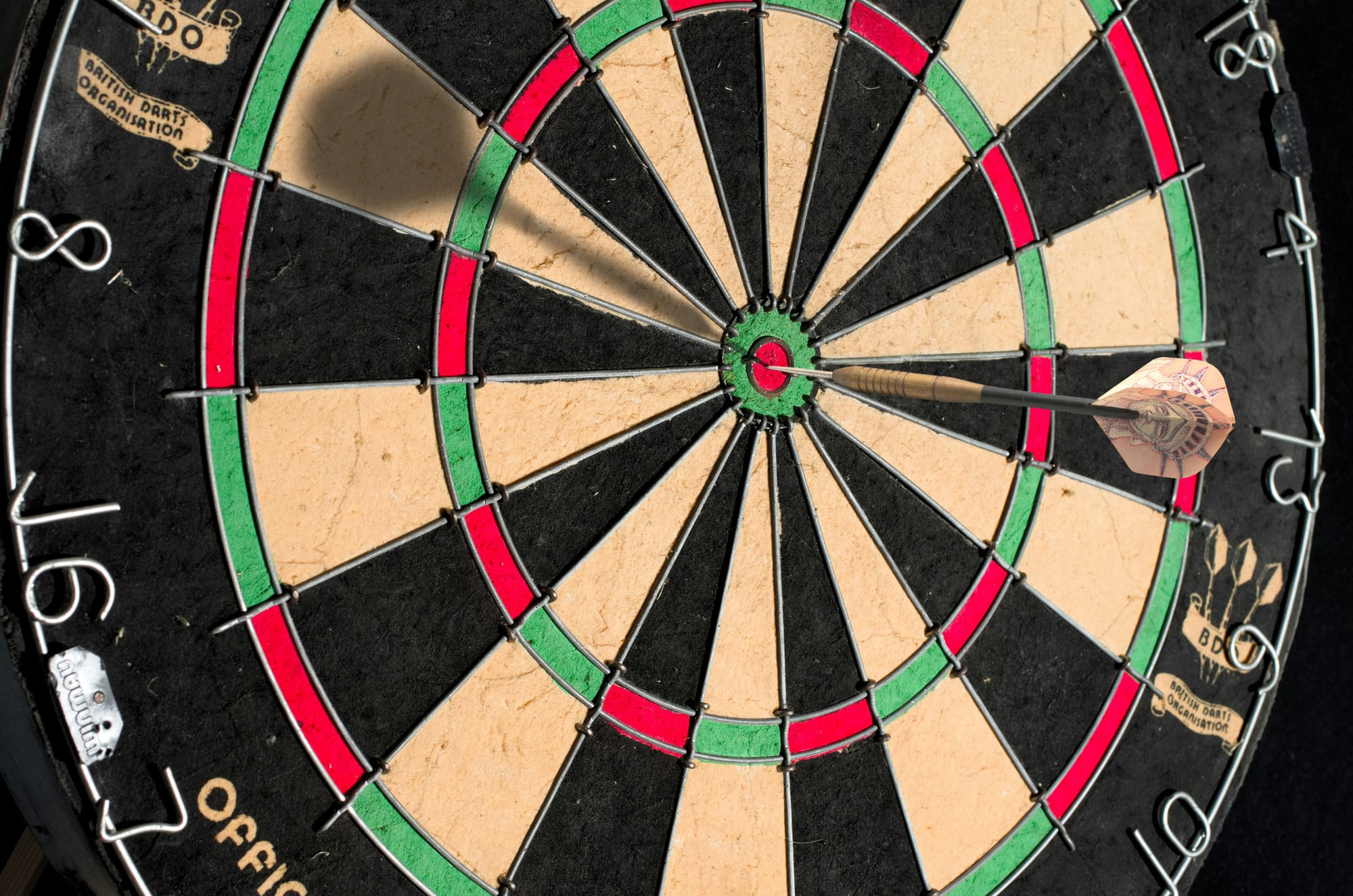
Customized targeting - boosting conversions with precision marketing
